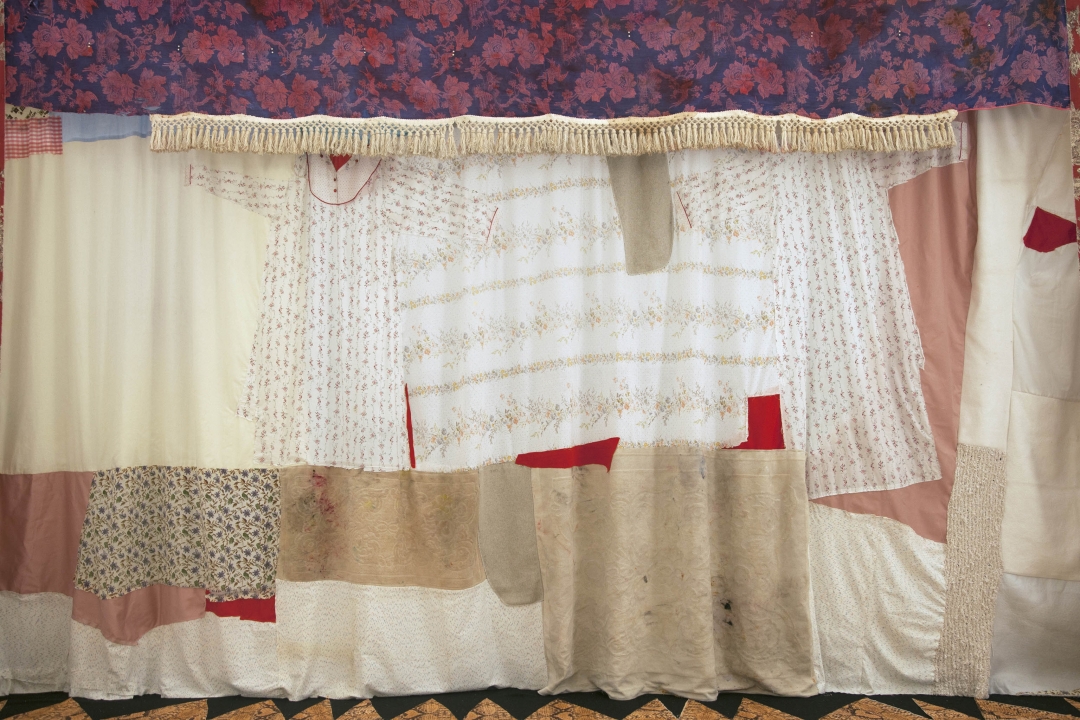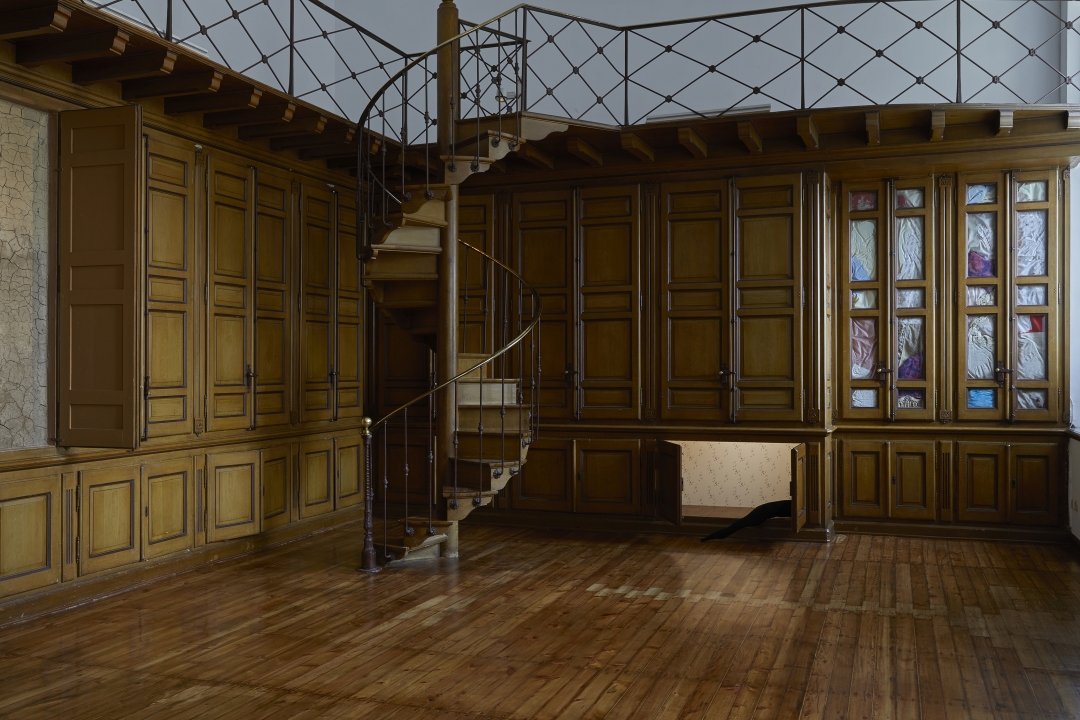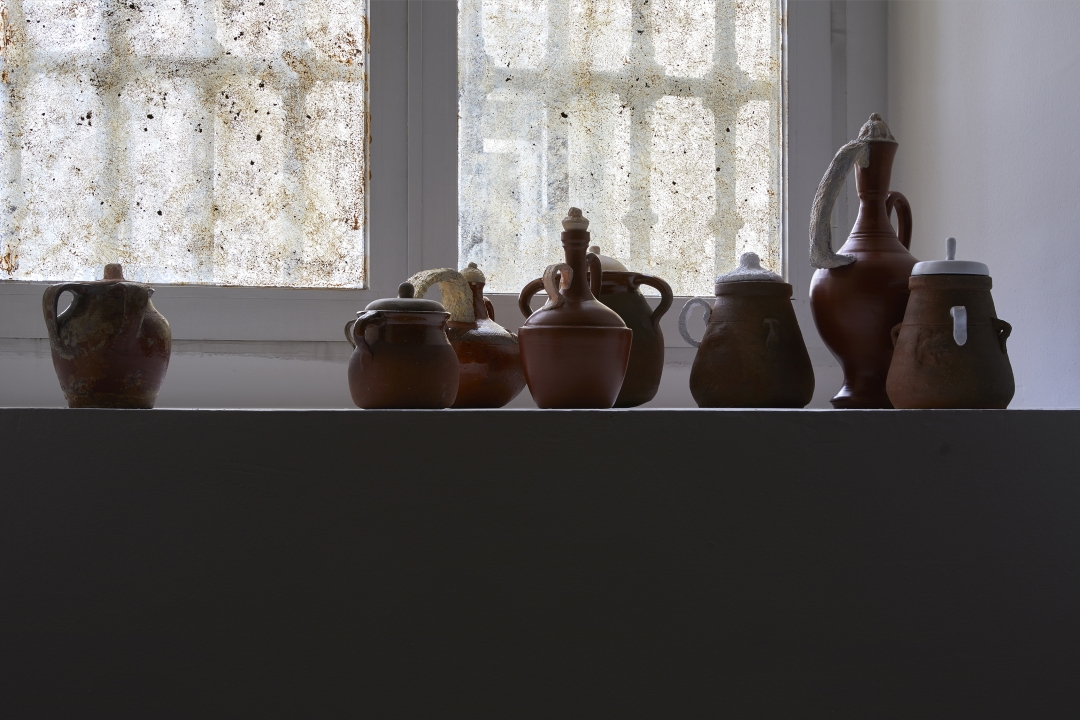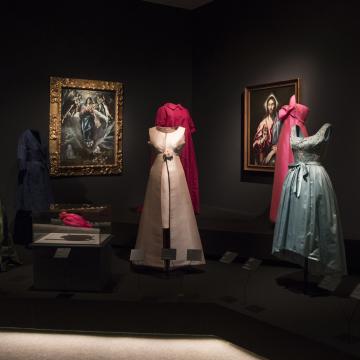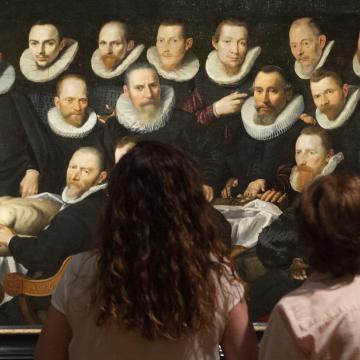Talent for comics and graphic novels is endless in Spain. Paco Roca, Ana Penyas, Paco Sordo, María Medem, Juanjo Guarnido, Teresa Valero… Do you want to get to know some of the best illustrators in the country?
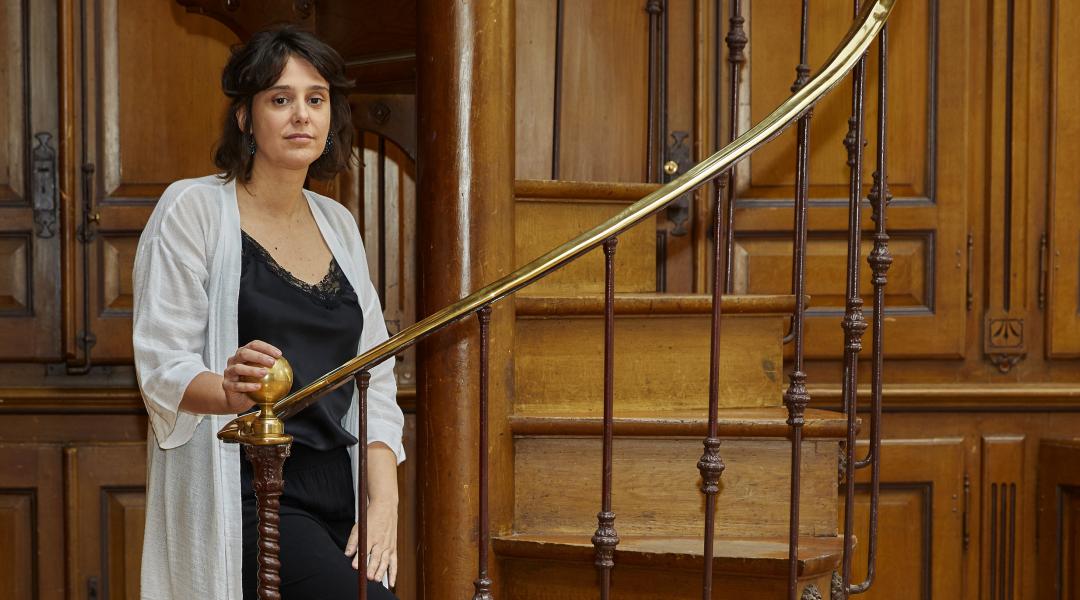
The Spanish-Brazilian artist returns to Madrid with 'lindalocaviejabruja', a project denouncing everyday sexism through the most dangerous means—the small things in life.
The function of art has evolved over time, as well as that of artists: from bringing beauty to the lives of men, they went on to make us aware of our inequalities. This is the case of artist Sara Ramo (Madrid, 1975), for whom “the role of artists in contemporary society is to bear witness to the era they are living. That's why I think we must make a stand as citizens and show our outrage,” she says. The best example is her latest project, lindalocaviejabruja—a title made up of four unhyphenated words, like an anarchic, arty hashtag—which denounces the mercantilism of the contemporary world, where everything goes as long as money is made. The project will be on display at the Reina Sofía Museum until 2 March 2020.
Articulated in different formats—primarily video, installation, sculpture, and collage—the work takes elements and scenes from daily life to integrate them into her frenzied, meaningful pieces. Ramo takes these objects out of context to emphasize their true meaning in people’s lives, like the image reflected by an unkind mirror. As it is common in her work, this piece is both an aesthetic and personal challenge. "My art deals with small things, with subtlety and poetry," she says.
Indeed, each object—mops, fabrics, wallpapers, clay vessels— tells a story. “There is an incredible one behind the red clay vessels. They were used by women to have paler skin. They filled them with an ointment made from lead they applied on the skin, which absorbed the poison that would ultimately attack their liver. They are featured in Las Meninas—Doña María Agustina Sarmiento offers one to Infanta Margarita on a silver tray.”
This is just an example of how Ramo works. As she herself admits, her tempo is slow and difficult. “My work requires attention and reflection. I don't make products that are sellable because they’re easy to understand, though you don't need to be an intellectual to understand them,” she says. On this occasion, Ramo enters darkness with seemingly banal materials. However, just as in life itself, danger is hidden behind harmless situations, especially for women. And this is one of Sara Ramo’s obsessions.
In the two spaces her installation occupies in the Sabatini Building, Space 1 and the Protocol Room, she reflects through popular theatre on the difficulty of being a woman today in all areas—at home, in her daily life, in the socio-cultural milieu. “The show starts with a video inspired by Punch and Judy, a puppet show featuring a man who beats up a woman with a club. Although it wasn’t originally a children’s show, it later became one. This show is a sublimation of violence, which has been naturalized,” she denounces.
That is the great danger: the normalization of violence, sexism, and oppression. “It’s hard everywhere in the world because all privileges are masculine. We’re suddenly experiencing a very positive awakening of people’s consciences, although I think pitting men against women would be counterproductive. We need to drag men into our struggle and always remember we don’t want the patriarchal ways,” she adds.
Through spatial interventions, installations, and a video, Ramo tries to capture what a woman feels, believes and experiences every day in a world of men. "As an artist I’ve never felt discriminated by my colleagues, but I have as a woman. Men are in charge in museums, curators are usually men, so it’s kind of obvious they will always think of other men for the best positions.”
Sexism in the art world is a reflection of the sexism prevailing in contemporary society—it doesn’t make itself evident in great conflicts, but in small details. “I had a hard time with technicians because they questioned me whenever I asked for something, as if being a woman made me more ignorant. And then there is children; many women stop working when they become mothers because they don't have any kind of help. Problems for women abound,” she denounces.
Ramo reflects on all this in a project that delves into the unconscious, fiction, magic and mythology, with the aim to spark resistance in the viewer, to question values commonly assumed as "normal" in a society obsessed with profitability and economic benefit that, at the same time, forgets about people, especially in the so-called first world, which keeps on turning its back to other realities. This duality, or should we say hypocrisy, is also present in the art world. “I think in Europe there is more cynicism, whereas in Brazil people are more vital and genuine. There we can see the seed to new realities because life is lived with more intensity,” she concludes.
